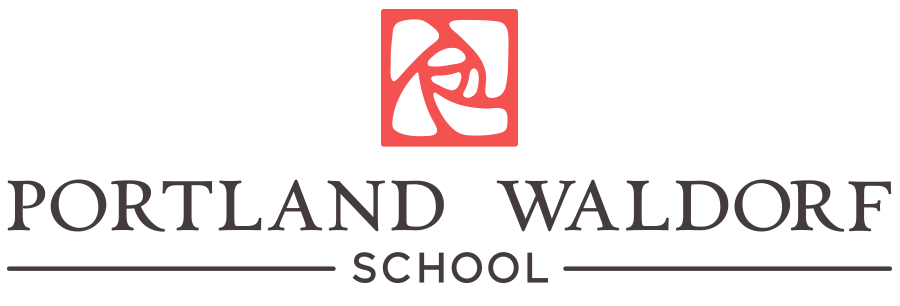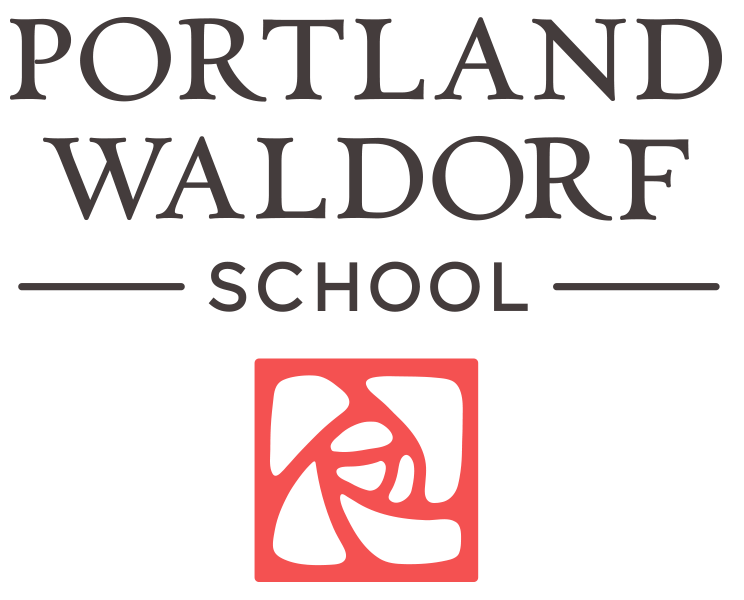Waldorf School Myths
It’s possible you’d never heard of a Waldorf school before now, but if you have, you may have heard some common misconceptions about what a Waldorf education really is. There are common threads between all Waldorf schools, and yet of course each is unique in it’s own way. We’d like to share with you three common myths we hear about Waldorf education, and how the reality is quite different at Portland Waldorf School.
MYTH 1: Waldorf schools only teach art.
Waldorf schools are full of creativity and art, but this is in addition to, and not in place of traditional academic subjects like math, science, reading, writing, and humanities.
Waldorf students experience and practice many different art forms, such as musical instruments, singing, drama, painting and drawing, knitting, sewing, woodworking, metal smithing, book binding, and more.
Art is infused into the curriculum in 3 main ways:
As an avenue to deepen understanding in another topic (for ex. Drawing a human heart as part of an anatomy lesson)
For the purpose of art itself and developing that specific creative skill set
For the therapeutic benefit that all creative work brings
We also teach artistically, in that teachers are given the opportunity to craft lessons with their own creativity. Academic subjects are presented in such a way that student understanding develops organically, and is always a unique process based on the bond between teacher and students.
In the age of information, creative thinking is more valuable than ever, and creativity teaches problem solving, self-discipline, and self esteem.
MYTH 2: Waldorf schools don’t teach reading.
At PWS, we love reading! Our students are skilled and interested readers and writers. We even have students in our high school with published books!
In Waldorf schools, the Language Arts are taught in the order in which language developed historically - progressing from spoken language to written language to reading.
In our preschool and kindergarten classes, children hear rich and engaging stories, folktales, songs, poems, and more. The content and words are not “dumbed down,” because we know how much children relish interesting and vibrant stories.
With a full vocabulary and love for story, students enter first grade and begin learning to write the letters of the alphabet. Each letter is introduced through imaginative art and story. From here, students begin writing whole words, often from a poem they have memorized as a class, and they deepen their decoding skills and grow as readers.
Our teachers are always learning from new research and finding ways to integrate this information into the tried-and-true Waldorf approach to literacy.
MYTH 3: Waldorf schools are “child-led.”
A “child-led” approach means that students individually choose their activities throughout their day, and don’t pursue topics that do not interest them.
At Waldorf schools, we believe in exposing students to a wide variety of learning experiences, including subjects they are not particularly fond of or great at.
Why? Because life is full of times when we need to work through challenging situations or step outside of our comfort zones. It’s also important for students to see that everyone has areas in which they thrive, and those in which they struggle.
School days are rhythmically structured, and within that structure students have choices. For example, every day in our PreK and Kindergarten classes includes free unstructured play time. In our grade school, students have many chances to choose a topic for a presentation or project within a given unit. In high school, students choose electives, musical instruments, world languages, sports, clubs, and more.




